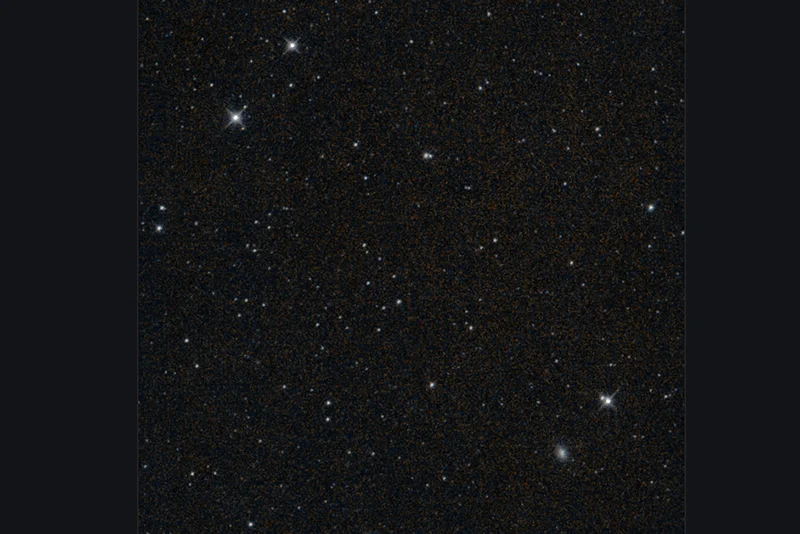
NASA wraps 'NEOWISE Mission' after years of successful Asteroid detections
NASA engineers on NEOWISE (Near-Earth Object Wide-field Infrared Survey Explorer) Mission commanded the spacecraft to turn its transmitter off for the last time Thursday August 08, 2024

[This final image captured by NASA’s NEOWISE shows part of the Fornax constellation in the Southern Hemisphere. Processed by IPAC at Caltech, this is the mission’s 26,886,704th exposure. It was taken by the spacecraft just before 3 a.m. EDT on Aug. 1, when the mission’s survey ended. (Credits: NASA/JPL-Caltech/IPAC/UCLA)]
Washington: NASA engineers on NEOWISE (Near-Earth Object Wide-field Infrared Survey Explorer) Mission commanded the spacecraft to turn its transmitter off for the last time Thursday August 08, 2024.
The end of NEOWISE Mission comes more than 10 years of its planetary defense mission to search for asteroids and comets, including those that could pose a threat to Earth.
The final command to NEOWISE Mission was sent from the Earth Orbiting Missions Operation Center at NASA's Jet Propulsion Laboratory in Southern California, with mission members past and present in attendance alongside officials from the agency's headquarters in Washington.
NASA's Tracking and Data Relay Satellite System then relayed the signal to NEOWISE, decommissioning the spacecraft. As NASA previously shared, the spacecraft's science survey ended on July 31, and all remaining science data was downlinked from the spacecraft.
"The NEOWISE mission has been an extraordinary success story as it helped us better understand our place in the universe by tracking asteroids and comets that could be hazardous for us on Earth."
"While we are sad to see this brave mission come to an end, we are excited for the future scientific discoveries it has opened by setting the foundation for the next generation planetary defense telescope", said Nicola Fox, associate administrator, Science Mission Directorate at NASA Headquarters.
Why NEOWISE Mission is shut?
NASA ended the mission because NEOWISE will soon drop too low in its orbit around Earth to provide usable science data.
An uptick in solar activity is heating the upper atmosphere, causing it to expand and create drag on the spacecraft, which does not have a propulsion system to keep it in orbit.
Now decommissioned, NEOWISE is expected to safely burn up in our planet's atmosphere in late 2024.
"The NEOWISE mission has been instrumental in our quest to map the skies and understand the near-Earth environment. Its huge number of discoveries have expanded our knowledge of asteroids and comets, while also boosting our nation's planetary defense."
"As we bid farewell to NEOWISE, we also celebrate the team behind it for their impressive achievements", Director NASA JPL, Laurie Leshin, said.
Select Language To Read in Urdu, Hindi, Marathi or Arabic.

